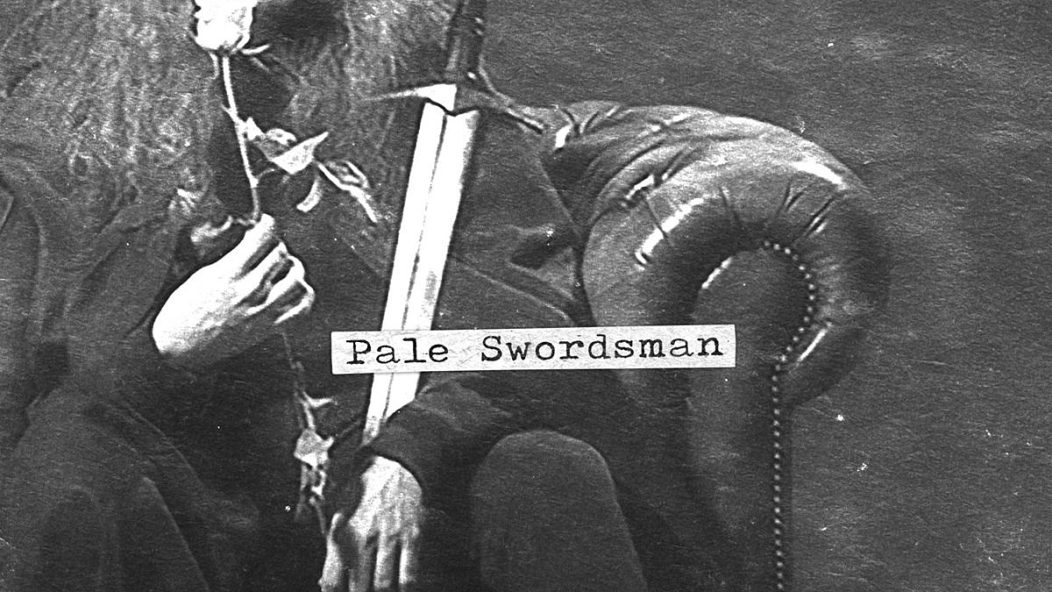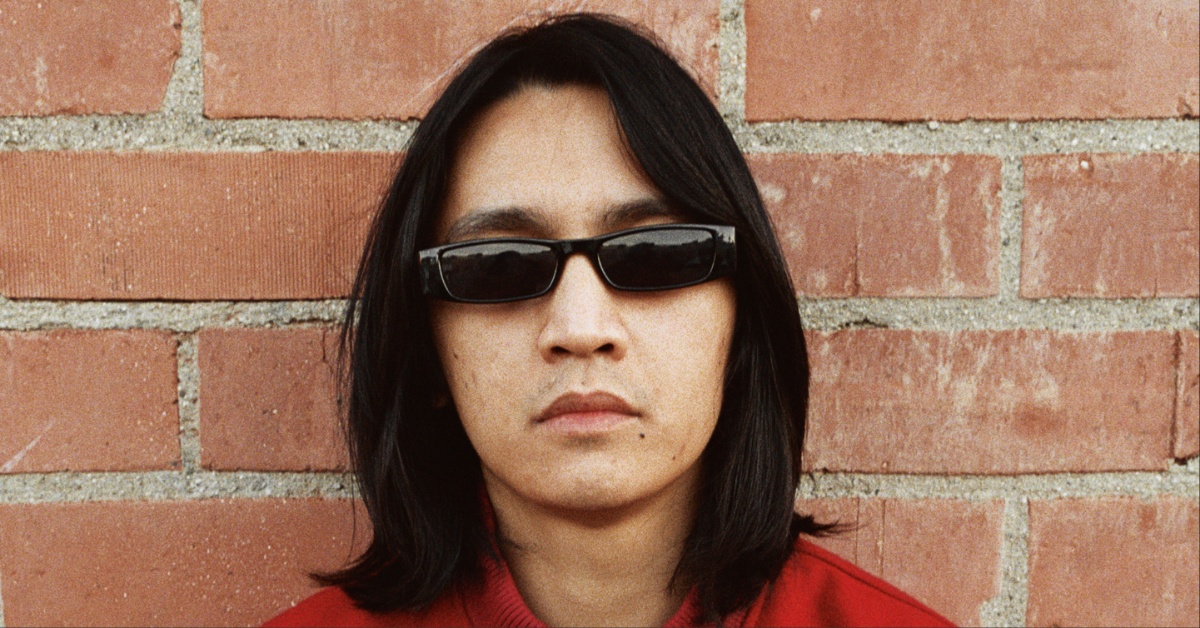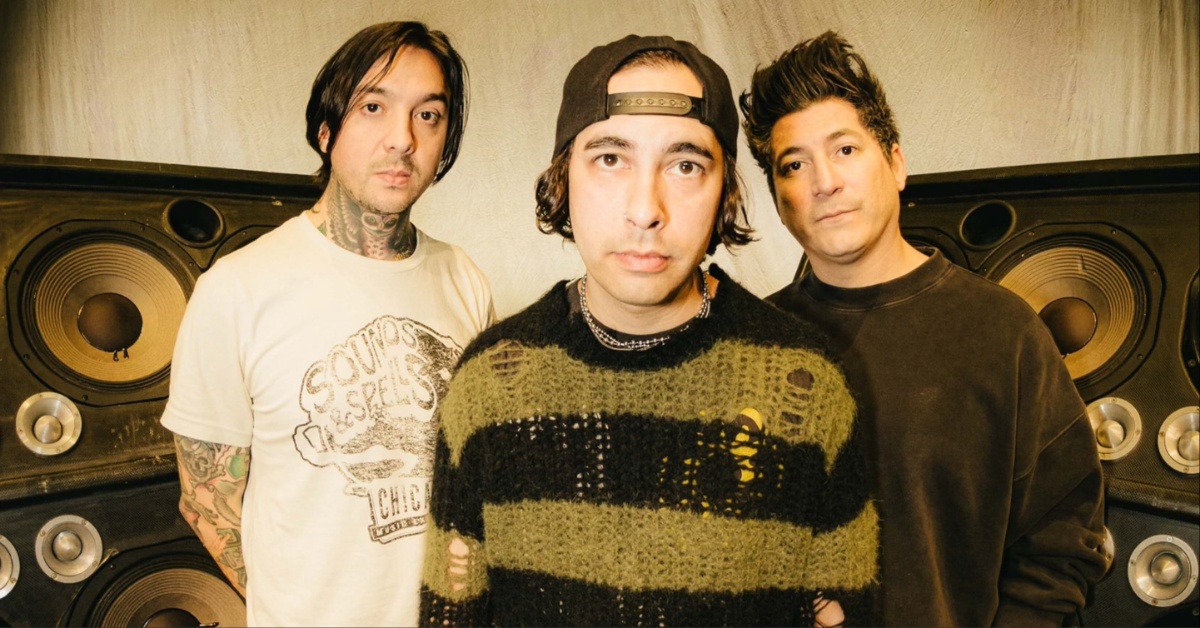
Wandering in the Night: Këkht Aräkh Explores Black Metal's Tranquility and Emotion (Interview)
Having coiled itself around the underground’s heart over the last four years with two albums of graceful, lovelorn black metal, Këkht Aräkh, the project of Ukrainian multi-instrumentalist Dmitry Marchenko, this year reemerged with a new record deal, a new home, and a bigger platform than ever from which to plan his next move.
We spoke with Dmitry about the personal impact of multiple shifts of location, his ambition to tap into black metal’s mass appeal, and a new collaboration produced under extraordinary circumstances that’s coming sooner than you might expect.
–Luke Jackson
…
…
You’re currently based in Berlin?
Yeah, at this moment I am based in Berlin. I moved here a couple of months ago, and before that I was living in Vienna. Before that I was living in Poland – I’ve moved around a lot this year. It affects my productivity, and not always in a good way. It has been necessary though, I was unable to stay in Poland any longer than I did having left the Ukraine, so I had to look for another country. It takes a lot of time and energy as there’s a lot of paperwork that comes with each move.
You’ve only been there for a short space of time, but as a city with an incredible artistic legacy what kind of impression has Berlin left on you so far?
Well, this may be a bit controversial. I used to live in Vienna and it’s a very chill city. I’m a chill person myself, I’m not really into partying a lot, or going to a lot of live shows, even though I’m a musician myself. So far I’m taking it day by day: one day I feel like it’s a great city with a lot of opportunities and a lot of interesting people to meet, and another day I feel like it’s just too noisy and that I need to seek out quiet, I want to lock myself in my room and not go anywhere. This is only how I feel so far, in general, it’s rather good.
Sacred Bones is an interesting choice of label to partner with. They have a highly diverse range of artists on their roster, what made you choose to work with them over a more typically metal imprint?
Since the very beginning of this project, Këkht Aräkh, I’ve always been striving to promote musical diversity whilst keeping the core black metal vibe. I wanted its reach to go beyond just the metal community. My musical tastes are not limited to metal, I’m a big fan of hip hop and a big fan of rock, to be honest metal is not necessarily the music that features most commonly in my playlists, so I’ve really wanted to broaden the sound of the project, so I can reach more people. I would love to be able to collaborate with artists outside of a narrow metal space, outside of metal, you know. This is basically why I chose Sacred Bones.
And does working with the label give you access to those artists, what’s changing for you?
Well, everything simply gets a bit easier for me, because the Sacred Bones team have helped a lot with the mechanics of the project, and it lets me concentrate more on music. So far they helped me with merch and with the reissues.
You’ve said that you set up the band to create a version of black metal that you wanted to hear but wasn’t necessarily out there. Do you feel like you’ve made that music yet, or is it an ongoing mission?
Yeah, you got it right. The idea was to make black metal that I want to hear, black metal for myself. And honestly, I can’t say that I’ve achieved my initial goal yet, it’s still developing, I can still see things I want to add to the project. Pale Swordsman was a big step towards the idea I had in mind, but I think it’s not there yet because I’ve faced a lot of limitations in terms of production and recording. Now as the project grows, I have more opportunities, I have more tools to use, and I think I’m still on my way towards the initial idea I had.
We’ve heard two extremes in Këkht Aräkh so far: the black metal component and the ballads. A ballad can be a vehicle for emotions that people don’t typically associate with black metal; what emotions interest you that you haven’t explored yet?
Well, I’m trying to honour black metal’s emotional component, because of course black metal used to have a lot of emotion in its initial shape. But still, when you listen to a David Bowie record for instance, you’re feeling the ideas and content in his music: artists like him think a lot about their lyrics and concepts, and the emotion comes from there. This is something I’m trying to explore within black metal, and in doing so try to make black metal more approachable for people who are not generally familiar with the genre and for people who are not into metal. I can’t really say which emotion specifically I’m aiming for, I want to try and find it through my concepts.
So it comes when the writing starts?
Yes, exactly. It also depends on how I feel in a given timeframe. Writing the first album I felt one way and then writing the second one, it was another me entirely, it was a different experience, different emotions. And I think I’m still learning and gaining experience, and I will have more to share with everyone in the future.
You’ve been asked a lot about the photography that accompanied Pale Swordsman, but (first demo) Through the Branches to Eternity featured an illustrated cover and lyric sheet. You’ve also posted illustrations on your social media in the past, are these something you create yourself?
Yes, those were made by myself. Back then I was super into the band Paysage D’hiver, and at the time he was using pencil drawings for his cover art. So I was inspired a lot by him and I was trying to make something with a similar feeling. I decided to do it myself because I wanted to express myself through those pictures, they turned out a bit sloppy, because I’m not a good artist myself. But yeah, they were made by me.
Keyboards feature prominently on Pale Swordsman, what’s the story behind your interest in that instrument?
The keyboard playing? Well, I don’t really feel like going much into details, because I feel like it wipes away all the magic. But yeah, I played the keys. It’s not samples or something.
Why were the keys a good fit for Këkht Aräkh?
I wanted to make black metal that sounded calm somehow. And I didn’t really want to use the sweeping riffs that you hear in blackgaze. I wanted to keep the riffs second wave like, but I still needed an element to soften the sound. I used the keys because I was inspired a lot by early (Danish label) Posh Isolation artists. They used a lot of old warm analogue synth and it adds a lot of softness and warmness to the music. I just started experimenting with different kinds of keys, and found particular keys that sounded good to me.
You’ve talked today and in the past about making music that is accessible and welcoming and feels hopeful to people. Within extreme music and black metal in particular, what are the next steps that need to be taken to make that happen?
Well I think some people encounter issues with black metal sound design because sometimes it’s really noisy or sometimes it’s too overproduced and heavy, so I’m just trying to make something with indie vibe – I do think that aggression is something that pushes people away from the music. I’m trying to keep some aggression of course, so that black metal fans will not find it too hard to accept, but the overall sound is for other people who may prefer to feel that the music is their ally, because not everyone appreciates aggression in music.
That’s a really commendable goal, it must be fun to explore that.
It is. And, you know, it’s all about small details. For example, if we take a clip of Darkthrone from Transilvanian Hunger, and we make it sound like Behemoth, it’s going to be super heavy and aggressive. But when you push your sound design towards making it less heavy it starts sounding different. It’s just a lot of small details, and if you pay attention to them they can make a big difference. Even with heavy and aggressive riffs, you can wrap them in some sound design, so they sound warm and friendly.
The reissues of the first two Këkht Aräkh albums were released on December 2nd. What was the intent around the reissues?
The point was that I wanted people to be able to actually buy them basically, because my Bandcamp was completely empty for a long time, and people just started reselling the albums for crazy prices. And again, I just want to make things easier. I want to make things better for my audience, for people who like music. So I did my best to ensure the reissues would be easily available, that the quality of the artefacts would be better, and so on.
Are you also preparing the ground for your next record in 2023?
This is something that I would like to talk about, because I didn’t really speak about my plans previously. I had plans to work on album three this year, but unfortunately, due to my life circumstances, I haven’t been able to really focus on that kind of ‘long lens’ work, I just don’t have enough room in my head to think about the concept and grow it. Of course I would rather take the time to make it the best it can be and not rush it, but I still really feel like putting out something new, because it’s been a long while.
That’s why I started looking into collaborating with some other artists, and now I have some collaborations scheduled. Right now I’m working with my friend, Mrtva Vod, also a project from Ukraine. Këkht Aräkh fans might have heard about this act, because I post about them a lot. We’re currently making a very short EP together, because we are both in difficult circumstances, though I should be clear Mrtva Vod is definitely in a way worse place than I am, he’s on the front lines in Ukraine right now, and he has his guitar and laptop with him. He’s writing riffs, and sending them over, and I’m trying to put them together into songs. The other collaborations that I have in mind, I don’t really want to make any announcements, because I can’t be sure that they are gonna take place, but the collaboration with Mrtva Vod is going to be released early next year, I’m doing my best to deliver it as soon as possible.
As for the third album, I’ll do my best to work on it next year, it will depend on my life circumstances. Will I have room in my head for concentrating on new work? Because I don’t want to just release something for the sake of it, I want it to be high quality and interesting.
…
Pale Swordsman released April 10th, 2021 via Livor Mortis / Sacred Bones (Bandcamp).











